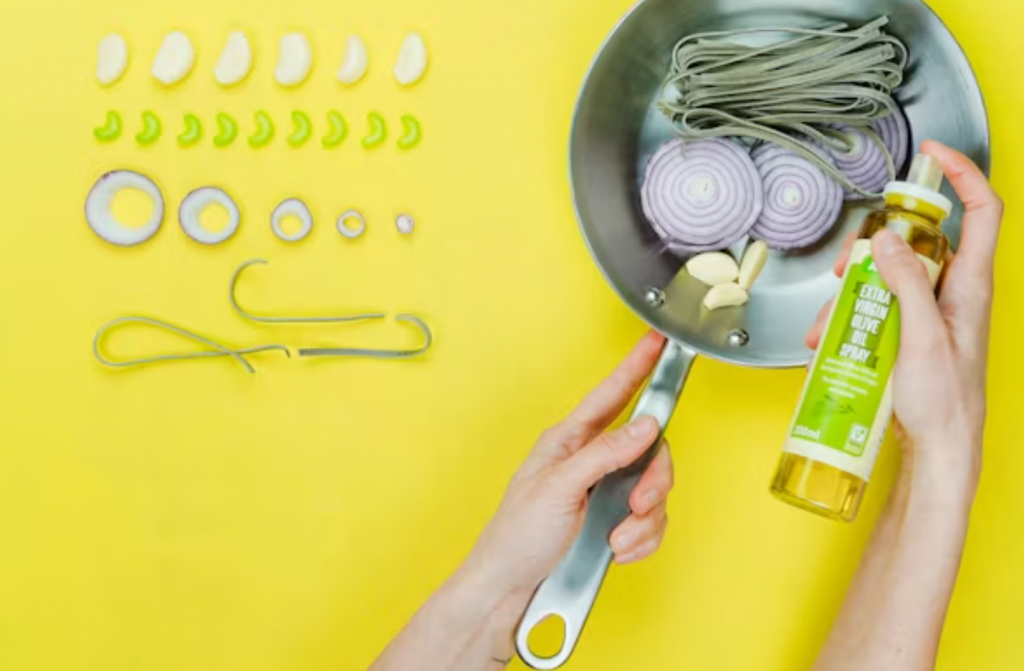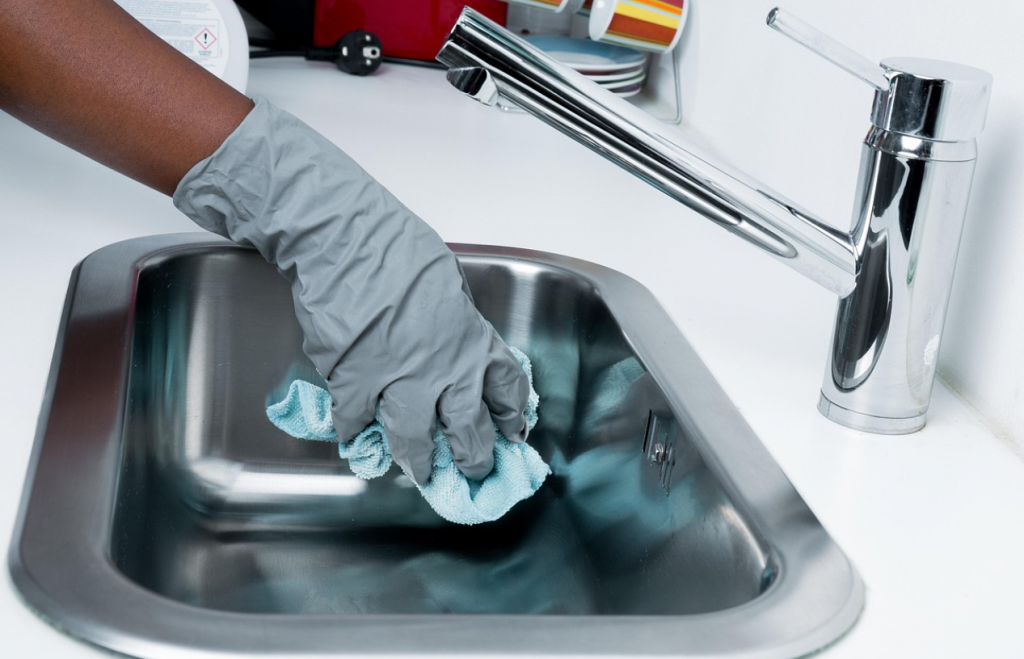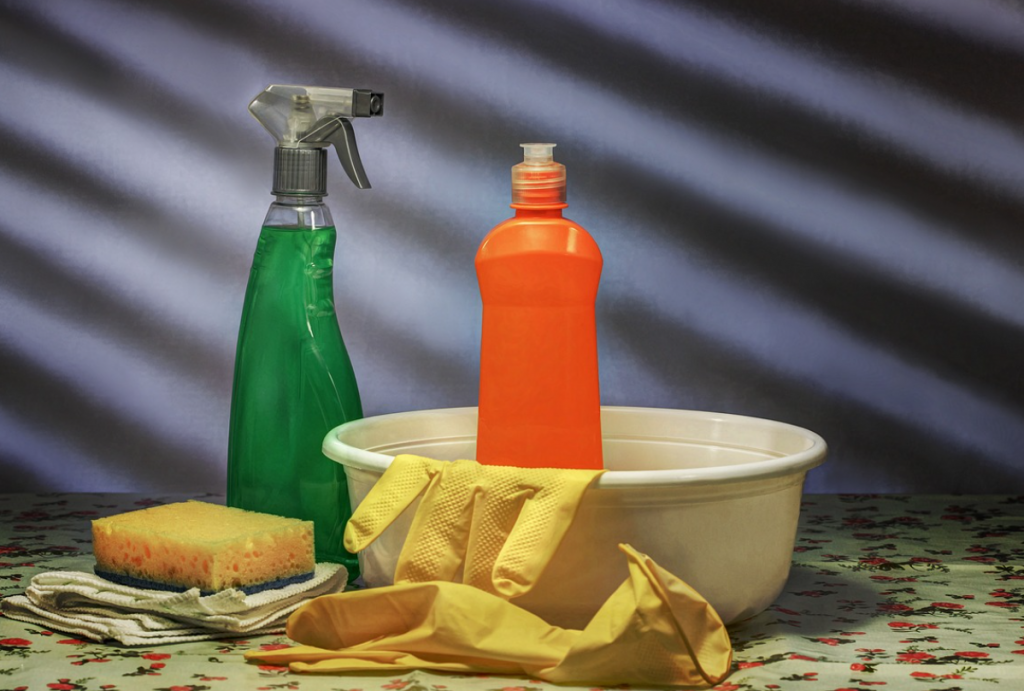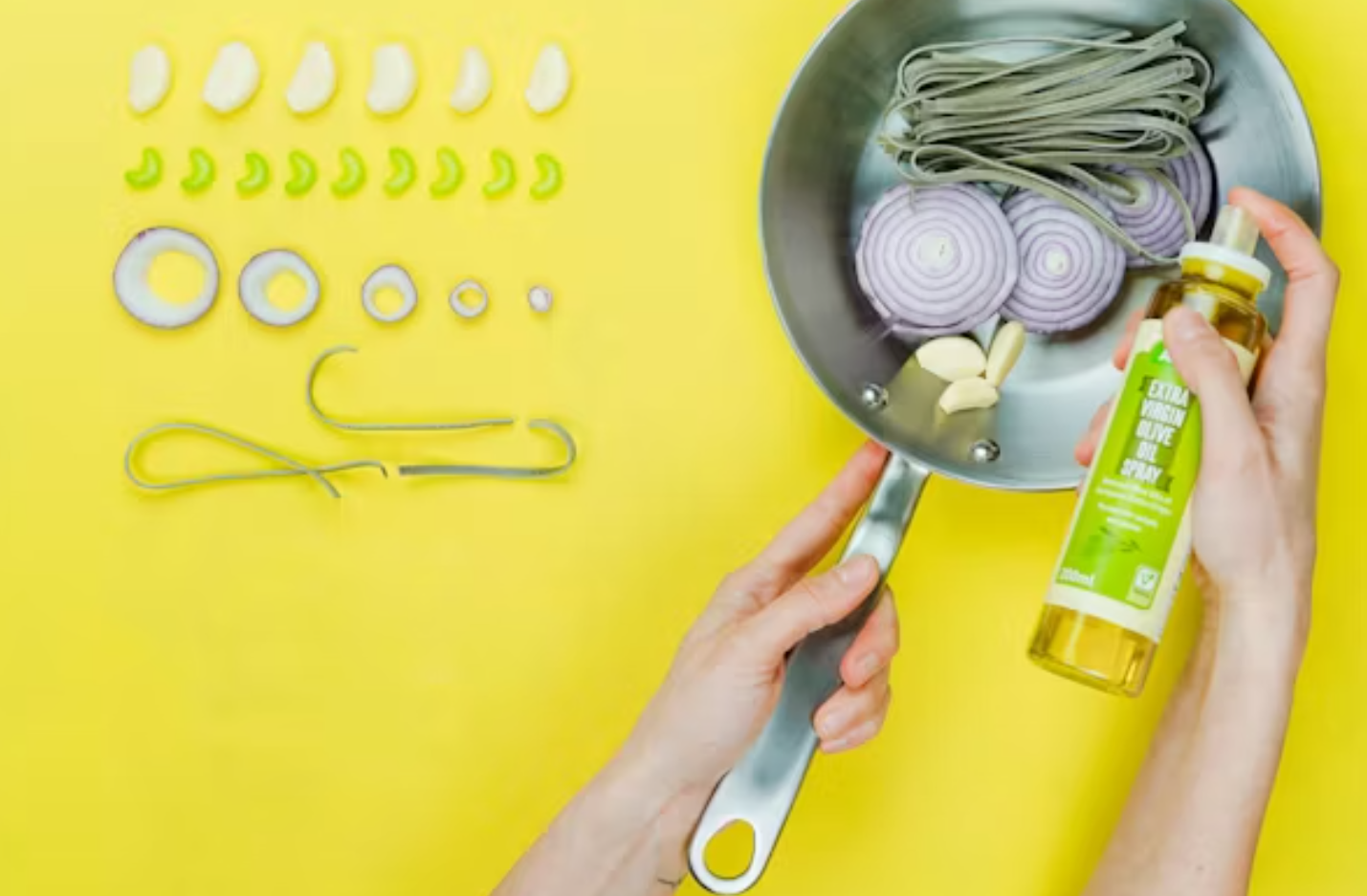Introduction: Why Do Foods Get Stuck in Your Blender?
Blenders are a fantastic tool for making smoothies, soups, sauces, and even dough. But there’s one annoying issue that most people encounter – food getting stuck in the blender. Whether it’s a stubborn nut, a chunk of fruit, or some sticky peanut butter, these ingredients can cling to the blades or walls, making the blending process more challenging. But don’t panic; there are simple ways to remove stuck food from your blender without causing any damage.
In this article, we’ll walk you through step-by-step instructions to safely remove food from your blender. We’ll cover everything from safety tips to practical tricks, and we’ll make sure you don’t break your blender in the process!
Step 1: Unplug the Blender for Safety
Before doing anything with your blender, always unplug it first. It’s easy to get caught up in the task of removing stuck food, but you don’t want the blender to turn on accidentally and cause harm. Even if you think the blades aren’t going to move, it’s always best to practice safety first.
Why Safety is Important
The blades of a blender are extremely sharp, and trying to dislodge food with your hands or an object while the blender is plugged in can lead to cuts or injuries. Always disconnect the power source before handling your blender.
Step 2: Assess the Situation
Before diving into action, take a moment to assess what’s going on inside your blender. Look closely at the stuck food and evaluate how severe the situation is.
Identifying the Food and the Severity of the Situation
Is the food just a small chunk wedged under the blades, or is it a larger amount that’s been thoroughly mashed and stuck to the sides? The way you approach the problem will depend on how much food is involved.
How Much Force Is Needed?
In many cases, food can be easily loosened with a little effort, but sometimes you may need a bit more force. If you’re using a plastic or wooden utensil, gentle tapping or nudging may be enough.
Step 3: Using Water to Loosen Stuck Food
Water is a great tool for loosening food that has stuck in your blender. A little liquid can help break down the sticky residue or food that’s wedged tight.
How Water Can Help
Water can help create a slippery surface inside the blender, making it easier for the stuck food to dislodge. It’s a safe and non-invasive way to begin the process.
Fill the Blender with Warm Water
Start by filling the blender halfway with warm water (not hot, as that could cause warping). The warmth will help soften any food that’s become stuck to the blender’s walls.
Run the Blender on Low Speed for a Few Seconds
Turn on your blender at low speed for about 10-15 seconds. The movement of the blades should help loosen the food. Make sure to stop immediately if the food becomes dislodged.
Step 4: Use a Wooden or Plastic Utensil to Gently Dislodge the Food
If water alone didn’t solve the problem, you can try using a non-metallic utensil to gently nudge the stuck food.
Why Not Metal Utensils?
Metal utensils can scratch the blender’s surface or even damage the blades. Always opt for something like a plastic spoon, spatula, or a wooden stick to avoid this.
How to Use the Utensil Safely
Insert the utensil carefully into the blender, making sure not to touch the blades. Gently try to loosen the stuck food by shifting it or tapping the walls.
Step 5: Try the Blender’s Self-Cleaning Function (If Available)
If your blender has a self-cleaning function, now’s the time to use it. This setting is designed to help dislodge stuck food with minimal effort.
How Self-Cleaning Works
A self-cleaning function typically combines water and low-speed blending to help clean the blades. It might be enough to free any stuck food inside the blender.
When to Use This Option
This option is especially useful when the food is stuck in a way that normal blending or water won’t fix. Be sure to check your blender’s manual for specific instructions on how to use this function.

Step 6: Manual Cleaning with a Scrub Brush
If the previous steps haven’t worked, it’s time to roll up your sleeves and get into manual cleaning mode.
Using a Scrub Brush Safely
A soft scrub brush can help you reach areas that the blades are blocking. Be careful not to push too hard to avoid damaging your blender. Always work around the blades gently.
Best Types of Brushes to Use
Choose a brush with soft bristles, so it doesn’t scratch the inside of the blender. Some blenders even come with a brush designed specifically for cleaning purposes.

Step 7: Preventing Food from Getting Stuck in the Future
Once you’ve successfully removed the stuck food, consider how to avoid it happening again. Preventing food from getting stuck in your blender is all about using the right techniques and equipment.
Proper Blending Techniques
When blending, make sure you layer the ingredients properly. Start with liquids at the bottom, followed by softer foods, and then add any harder ingredients last. This helps ensure the blades can move freely and don’t get blocked.
Choosing the Right Blender
If you frequently encounter stuck food, it may be time to consider upgrading to a blender that’s better suited to handle tough jobs. Higher-quality blenders often have more powerful motors and larger blade designs that prevent food from getting stuck.
Conclusion
Removing stuck food from a blender doesn’t have to be a stressful experience. By following these simple steps, you can dislodge food without causing any damage to your blender. Always remember to prioritize safety, and use the right tools for the job.
By making a few adjustments to your blending habits and choosing the right blender, you can minimize the risk of food getting stuck in the future. Happy blending!
FAQs
1. What if the Blender Food is Really Stuck?
If the food is still stuck after following the above steps, you may want to try a combination of water and soap, or use a stronger utensil (like a plastic butter knife) to gently loosen it.
2. Can I Use a Knife to Remove Stuck Food?
It’s not recommended to use a metal knife as it could damage the blender. Stick to plastic or wooden utensils for safety.
3. Why Did the Food Get Stuck in My Blender in the First Place?
This typically happens when there’s too little liquid in the blender, or the blender is overloaded. Always follow the manufacturer’s guidelines for ingredient amounts.
4. How Can I Prevent This from Happening Again?
To prevent food from getting stuck, try adding more liquid or blend in smaller batches. Also, ensure you’re using proper layering techniques when adding ingredients.
5. Is It Safe to Use a Metal Utensil in the Blender?
No, using a metal utensil can scratch the inside of your blender or damage the blades. Always use a plastic or wooden tool.



